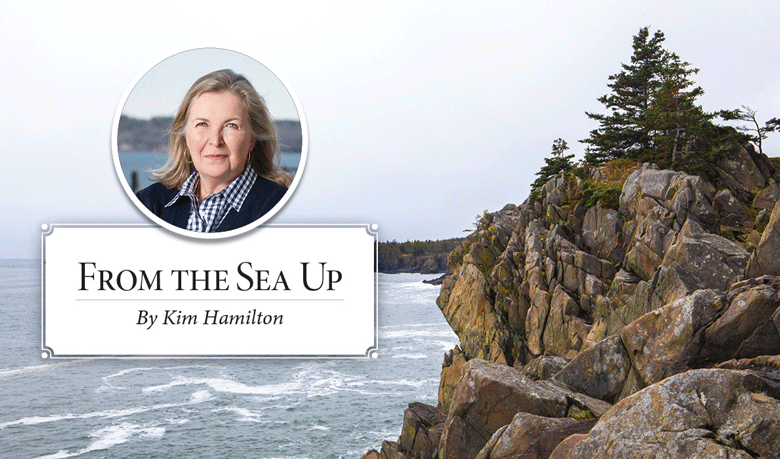Almost two months after the January storms pummeled the Maine coast, we are still piecing together a full picture of the destruction.
In the direct aftermath, of course, communities could document buildings now angled slightly off their foundations or entirely set adrift, pilings separated from their pins, and beaches and coastal frontage now missing yards of sand and soil.
We know hundreds of commercial boats are at risk of a curtailed fishing season because they can no longer land their catch on their usual piers and wharves. Delays are costly. They mean fresh catch won’t make it to market, not only depriving consumers of exceptional Maine seafood but also reducing the livelihoods of harvesters and their families.
The observable and documented damage to our coastal infrastructure was so widespread and costly that Gov. Mills requested that President Biden issue a Major Disaster Declaration. Approval of that request unlocks essential federal funds to repair an estimated $70.3 million in damages to public infrastructure.
The January storms are good reminders to exercise our community muscles, to check in on our neighbors…
Many of Maine’s fishermen and aquaculturalists, however, operate out of their homes and from private docks. Because of the exceptional impact to these private facilities, the governor’s request also included special consideration for individual households through the federal Individual Assistance Program. The request is in addition to new proposed state funding to strengthen community climate resilience and infrastructure.
While some may chafe at the timeline, the bureaucracy, the politics, and the paperwork, these funds will be a lifeline for this state and our coastal and island economies.
Anyone in the disaster preparedness and recovery fields knows, however, that the cost of a disaster is more than material.
There are profound, important, and long-term mental health costs that often go unseen or unrecognized. Studies after hurricanes Sandy and Katrina have shown an increase in PTSD in the immediate aftermath and the persistence of depression long after a damaging storm. A growing body of research on the changing climate and recurrent, severe storms also points directly to the public and mental health costs.
While getting back to a new normal is important, people differ in their ability to reset and adjust. Repeated extreme events are especially challenging for older people, people with disabilities, people with a history of trauma, and first responders.
It’s not difficult to understand why. The flooding of the causeway between Deer Isle and Stonington, for example, made access to emergency care especially precarious. Flooded communities all along the coast faced the same kind of heightened uncertainty.
The disappearance of the historic South Portland fish shacks produced yet a different kind of loss. They simply slipped into the ocean, erasing family histories and cultural touchstones overnight. There isn’t a price tag for that kind of grief.
Fortunately, we have tools to address these hardest-to-quantify damages, the psychological ones. Healing begins with community support. In this sense, Maine coastal and island communities have a lot to teach the world. Our coastal and island communities are models of connectedness, and staying connected is a salve for mental anguish.
The January storms are good reminders to exercise our community muscles, to check in on our neighbors, and to frequent local businesses, even weeks after the initial damage. Our colleagues at Maine Seacoast Mission and the Maine Coast Fisherman’s Association have resources that can help, too.
A solutions mindset can also have healing powers. This is why efforts like the state’s Community Resilience Partnership are so important. As one of the service providers, Island Institute, along with many others, is fostering community-wide conversations in island communities to help build resilience in the face of climate change. There are models of community resilience taking root in towns across the state from which we can learn and draw strength.
Maine coastal communities will emerge from the January storms stronger, more informed about the pernicious impact of sea level rise, flooding, and extreme weather, and they will resolve to act. I hope we’ll all emerge stronger, too, in our appreciation for the curative powers inherent in closely-knit communities and the ongoing need to attend to the storm damage that we cannot see.
Kim Hamilton is president of Island Institute, publisher of The Working Waterfront. She may be contacted at khamilton@islandinstitute.org.





